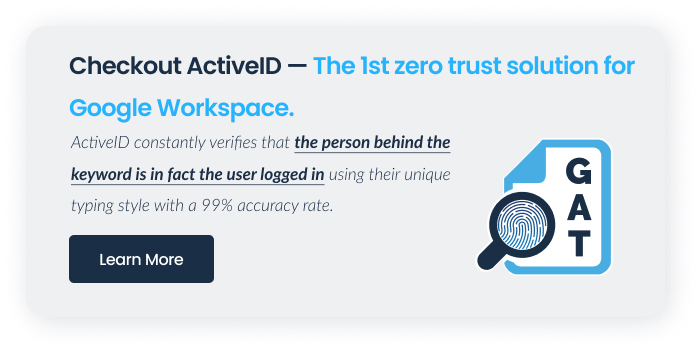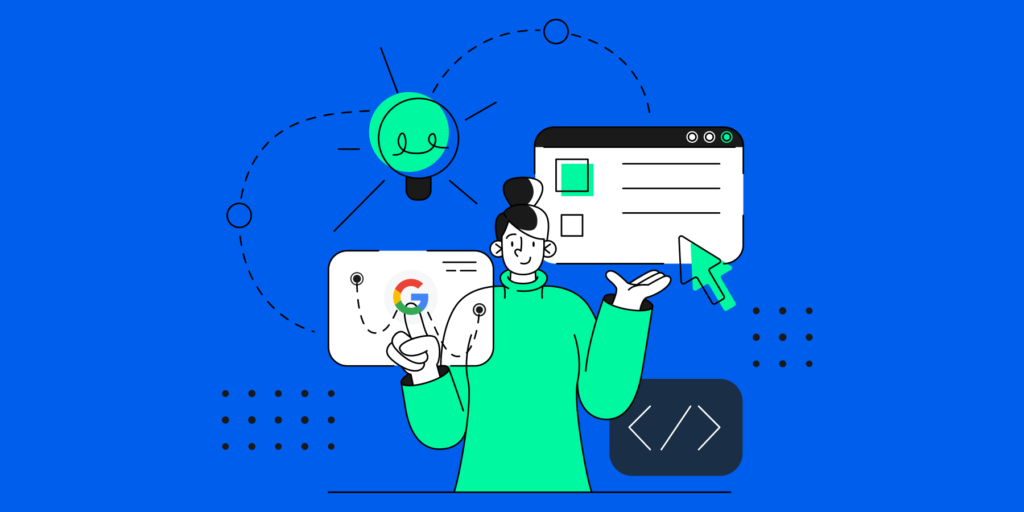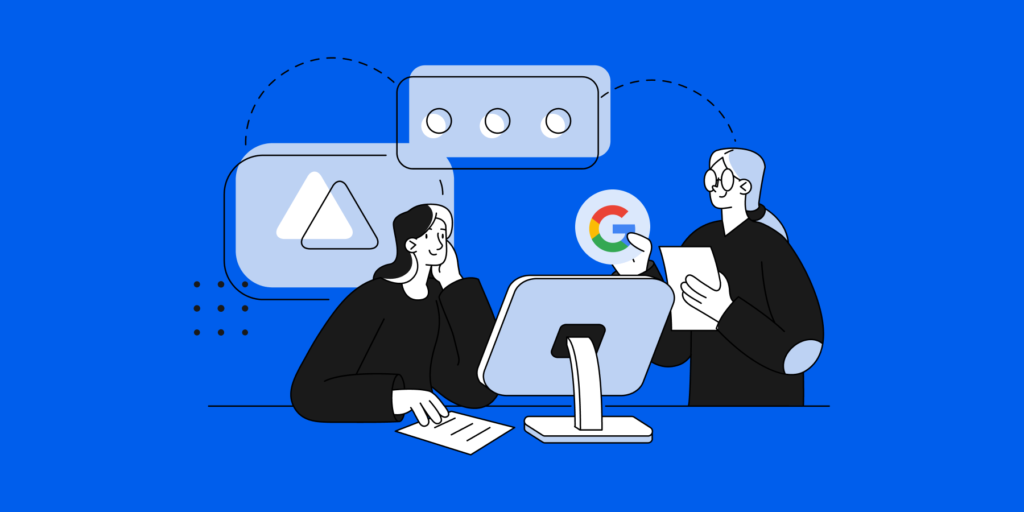As Cloud computing continues to boom, the importance of Cloud Data Security grows more than ever.
With our new remote way of life, everything around us is becoming more digitized. As a result, the way we store, protect and consume our data is also massively changing and expanding.
Think about it, how much data do you generate every day? What percentage of that contains ‘sensitive’ or classified information? Where is that data stored? Is it safe from loss, damage or worse, preying eyes?
While the Cloud offers a wealth of benefits that make it the most efficient data solution of our time, safely reaping those benefits requires good knowledge of ongoing data security threats, and taking the right precautions to tackle them in an effective and timely manner.
What is Cloud Data Security and why is it important?
Cloud Data Security covers crucial things including data integrity, intellectual property, and customer data — All of which, in case of a breach, can cause significant harm to any business.
If we dig deeper into the subject, we’ll find that the most chilling data breaches that make it to news headlines are usually caused by an outsider attack.
Such attacks are typically carried out by competitors or hackers looking for financial gain.
While such breaches can cost up to millions of dollars, the good news is, compared to insider attacks, they’re much easier to detect and address using the right cloud security tools and practices.
6 Outsider Cloud Data Security Attacks to Keep Looking Out for in 2022
For starters, understanding the nature of the threat, whether it’s insider or outsider, helps you manage the risk more effectively.
1. Password Hacking:
‘A weak password is a burglar’s favorite house lock’
Basic old-fashioned password hacking remains one of the most common outsider attacks in cloud environments.
Things like crackable passwords, weak access security systems, and insider vulnerabilities ALL make your cloud environment rip for outsider attacks.
Credential stuffing, in particular, remains very common as users continue to use the same username and password on dubious websites without even realizing that they’re sharing these details with 3rd parties.
SEE: The 10 Do’s and Don’ts of Password Security
ALSO, CHECK 8 User Password Security Practices for Google Workspace Admins.
Remember: Adding another security layer using Multifactor Authentication (MFA) dramatically enhances Cloud security against password hacking threats.
-
- Two-Factor Authentication (2FA) adds a second layer of protection to users’ accounts, thereby enhancing log-in security.
- Three-Factor authentication (3FAs) takes 2FA to the next level of log-in security. It’s extremely unlikely for a hacker to guess or steal all three elements involved in 3FA, which makes for even more secure login.
2. Ransomware spreading into the Cloud:
Ransomware is a type of outsider attack that operates on the well-known concept of extortion — ‘Digital extortion’.
And just like any extortion scheme, here the attacker steals your data and holds it until a certain ransom is paid. Yikes, right?
Ransomware attacks usually target organizations that are more likely to pay higher ransoms.
In fact, the Finance, Insurance, Hospitals, and Energy sectors are at the top of the list for Ransomware targeted sectors. Meanwhile, Shared files in the cloud are a top ransomware target.
Ransomware results in operational paralysis, the inability to recover backed-up data, and reputational damage, which can be devastating for any organization.
3. Cloud Account Hijacking:
Cloud hijacking is another type of common outsider attack in which an individual or organization’s cloud account or domain is stolen or hijacked by an attacker.
The Cloud Security Alliance rated service traffic hijacking as the third-greatest cloud computing security risk.
Account hijackers prey on compromised credentials to access and hijack cloud accounts. That’s another reason why multifactor authentication is essential.
Cloud account hijacking incidents can result in data leakage, the use of falsified information, and loss of reputation. They may even bear catastrophic legal implications, depending on what the attacker does with the information.
How to limit the risk of Cloud Account Hijacking?
- Practice extra vigilance when choosing Cloud Service Providers: Check things like how the service provider monitors and manages vulnerabilities and the number of data breach incidents they experienced.
- Use Data Loss Protection (DLP) tools like GAT Shield to combat and mitigate cloud account hijacking attacks.
- Make sure you have 2FA and 3FA pushed out for your users.
- Always encrypt sensitive data before moving it to the cloud.
4. Phishing attacks:
Ah, those ‘phishy’ phishing scams!
Phishing is based on the concept of ‘deception’ where the attacker uses disguised emails, apps, and websites to scam recipients, gather personal information, and access sensitive data.
Fake Apps are also another new trending phishing threat, especially for cloud environments. Once a user accepts the permission requests of a malicious app, the hacker has access to their account, and data and will likely have full control.
Phishing is actually one of the most common types of outsider attacks, so you’ll want to keep your eyes wide open for those.
Phishing attackers usually target the following information:
- Usernames and passwords, including password changes
- SSNs (Social Security numbers)
- Bank account numbers
- PINs (Personal Identification Numbers)
- Credit card numbers
- Your mother’s maiden name
- Your birthday
- Your cloud data.
Check out our blog 5 Tell-Tale Signs of a Phishing Email, and make sure to share them with your users.
You can also turn your employee phishing awareness training into an interactive fun activity — Check out Jigsaw’s Phishing quiz and test their email phishing spotting skills.
5. Spyware:
Well, the name just tells the story there.
A spyware attack is like a regular ‘spy’ in the conventional sense. It accesses your system to collect and share your cloud data with the attacker without your knowledge.
How it can get in:
It either accesses your data as a hidden component of genuine software or through traditional things like deceptive ads, websites, email, instant messages, as well as direct file-sharing connections.
Spywares are hard to detect and uses a variety of techniques to communicate back to the attacker in a way that won’t illicit the suspicion of your security teams.
How to limit the risk of Spyware?
- Monitor Login Behaviour: Lookout for logins from unusual physical locations you or your employees have never been to.
- Conduct a regular risk assessment of installed apps and authorized devices.
- Prevent ‘High Risk’ Apps from accessing your domain.
- Invest in a strong cloud security tool to detect and respond to concealed spyware in a timely and effective manner.
6. Domain-wide Spoofing:
Spoofing is another common form of deceit-based phishing attack in which the attacker appears to be using a company’s domain to impersonate it or any of its employees.
This type of attack is very common in cloud environments whereby the attacker successfully bypasses access controls through deceit and steals crucial data stored on your cloud.
In fact, according to the FTC, over 96% of companies in business today have incurred a domain spoofing attack in one form or another.
Closing thoughts:
Solid cloud infrastructures, robust cloud data security tools, regular employee training, and firm security policies are all indispensable ways to protect your domain and users from different outsiders targeting your cloud resources.
So make sure to stay up to date on emerging threats and have the right tools and practices in place to fend off those sly outsiders.
Stay in the loop
Sign up to our newsletter to get notified whenever a freshly baked blog post is out of our content oven.







